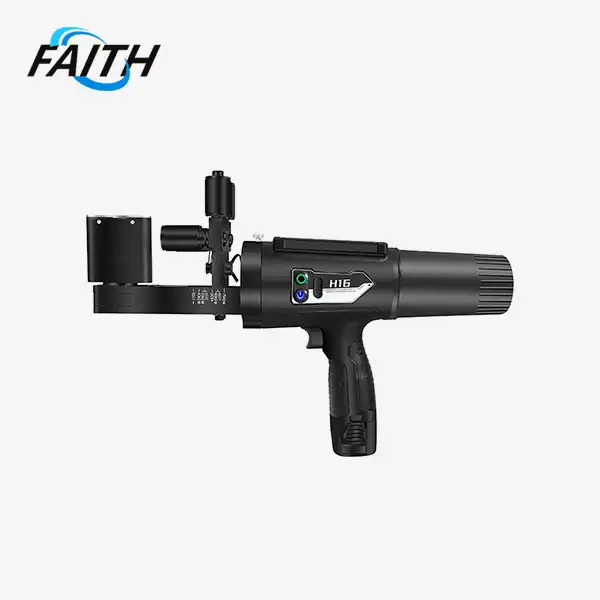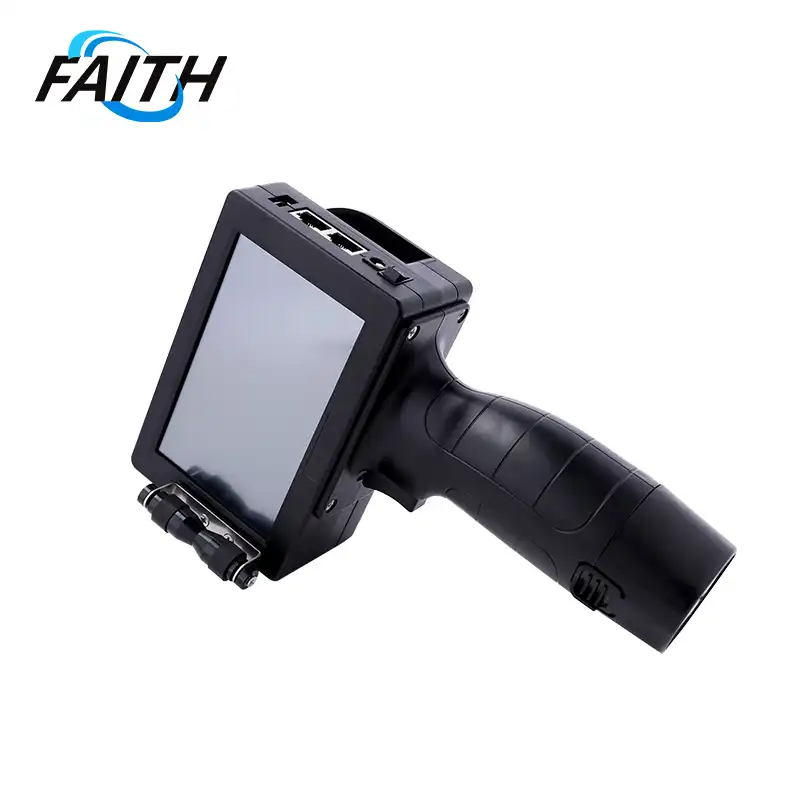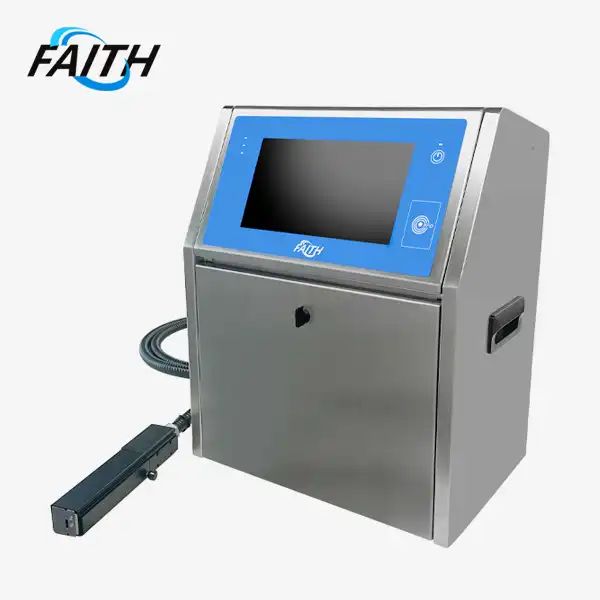Emerging Trends in CIJ Printer Tech You Need to Know in 2025
As we approach 2025, the landscape of Continuous Inkjet (CIJ) printer technology is undergoing a radical transformation. The emergence of automatic high resolution CIJ printers is revolutionizing industrial printing processes. These advanced systems offer unprecedented precision, efficiency, and versatility, catering to the evolving needs of various industries. From enhanced AI integration and IoT connectivity to eco-friendly inks and improved durability, the future of CIJ printing is brimming with innovations that promise to redefine production line operations. This article delves into the cutting-edge trends that will shape the CIJ printer market in 2025, providing insights into how these advancements can elevate your business operations.
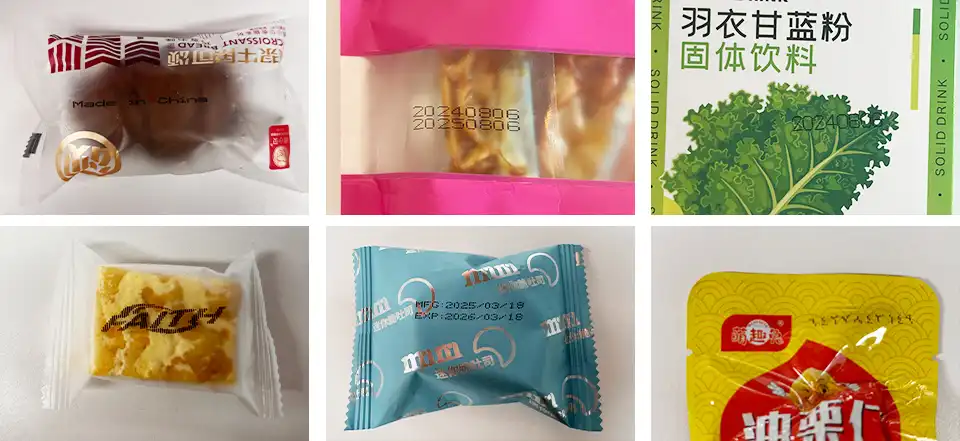
AI-Powered Precision and Adaptive Printing Capabilities
The integration of artificial intelligence in Automatic High Resolution CIJ Printers is set to be a game-changer in 2025. These smart systems will leverage machine learning algorithms to optimize print quality and efficiency in real-time. By analyzing production line data, AI-enabled CIJ printers can adjust printing parameters on the fly, ensuring consistent high-quality output even under varying conditions.
One of the most significant advancements is the development of adaptive printing capabilities. These next-generation CIJ printers will be able to automatically detect the surface properties of different materials and adjust their printing settings accordingly. This means that whether you're printing on porous cardboard, smooth plastics, or even curved metallic surfaces, the printer will optimize its performance to deliver crisp, clear prints every time.
Enhanced Pattern Recognition and Quality Control
AI-driven pattern recognition is another area where CIJ printers are making substantial strides. In 2025, we can expect to see printers equipped with advanced vision systems that can detect and correct printing errors in real-time. These systems will be capable of identifying issues such as smudges, misalignments, or incomplete prints, and either adjust the printing process or alert operators to potential problems before they escalate.
Quality control will be further enhanced through the implementation of AI-powered predictive maintenance. By analyzing operational data, these smart printers can forecast potential hardware issues before they occur, scheduling maintenance during planned downtime and minimizing unexpected interruptions to production.
Customization and Personalization at Scale
The advent of AI in CIJ printing technology also opens up new possibilities for mass customization. In 2025, automatic high resolution CIJ printers will be capable of seamlessly switching between different print designs, logos, and variable data without interrupting the production line. This level of flexibility will enable manufacturers to offer personalized products at scale, meeting the growing consumer demand for unique and tailored items.
Moreover, AI-driven design assistance will become a standard feature, helping operators create optimal print layouts that maximize legibility and aesthetic appeal across various packaging types and sizes. This fusion of automation and creativity will empower businesses to maintain brand consistency while adapting to diverse product lines and market demands.
IoT Integration and Smart Factory Connectivity
The Internet of Things (IoT) is set to play a pivotal role in the evolution of CIJ printer technology by 2025. Automatic High Resolution CIJ Printers will become integral components of smart factories, seamlessly connecting with other production line equipment and enterprise systems to create a fully synchronized manufacturing ecosystem.
This enhanced connectivity will enable real-time data exchange between printers and other devices, facilitating more efficient production planning and execution. For instance, CIJ printers will be able to automatically adjust their output based on upstream production rates or downstream packaging requirements, ensuring optimal synchronization across the entire manufacturing process.
Remote Monitoring and Management
IoT-enabled CIJ printers will offer unprecedented levels of remote monitoring and management capabilities. Operators will be able to access real-time performance data, make adjustments, and troubleshoot issues from anywhere in the world using secure cloud-based platforms. This level of remote access will be particularly valuable for businesses with multiple production sites or those operating in challenging environments.
Furthermore, these connected faith printers will contribute to the broader Industrial Internet of Things (IIoT) ecosystem, providing valuable data for analytics and process optimization. By analyzing printing data alongside other production metrics, manufacturers can gain deeper insights into their operations and identify opportunities for improvement across the entire value chain.
Blockchain-Enabled Traceability
As supply chain transparency becomes increasingly important, CIJ printers in 2025 will incorporate blockchain technology to enhance product traceability. Each printed code or label will be linked to a secure, immutable record on a blockchain, creating an unbroken chain of custody from production to point of sale.
This integration will not only help combat counterfeiting and ensure product authenticity but also provide valuable data for recall management and quality assurance. Consumers will be able to scan printed codes to access detailed product information, including origin, manufacturing date, and even environmental impact data, fostering trust and transparency between brands and their customers.
Eco-Friendly Innovations and Sustainability Features
As environmental concerns continue to shape industry practices, automatic high resolution CIJ printers in 2025 will place a strong emphasis on sustainability. Manufacturers will focus on developing eco-friendly inks and reducing the environmental impact of printing operations without compromising on print quality or durability.
One of the most significant advancements will be the widespread adoption of water-based and plant-derived inks. These formulations will offer excellent adhesion and fast-drying properties while significantly reducing volatile organic compound (VOC) emissions. Not only will this make CIJ printing more environmentally friendly, but it will also improve workplace safety by minimizing exposure to harmful chemicals.
Energy Efficiency and Waste Reduction
Next-generation CIJ printers will be designed with energy efficiency in mind. Advanced power management systems will optimize energy consumption, reducing the carbon footprint of printing operations. Some models will even incorporate renewable energy sources, such as solar panels, to further minimize their environmental impact.
Waste reduction will be another key focus area. Automatic high resolution CIJ printers in 2025 will feature improved ink recycling systems that can recapture and reuse a higher percentage of unused ink. Additionally, smart ink management algorithms will optimize ink usage, reducing waste and lowering operational costs without sacrificing print quality.
Biodegradable and Recyclable Components
The commitment to sustainability will extend beyond just inks and energy use. Printer manufacturers will increasingly use biodegradable and recyclable materials in their products. From easily replaceable print heads to modular components designed for easy disassembly and recycling, these printers will be built with their entire lifecycle in mind.
Some innovative companies will even introduce printer leasing models that include end-of-life recycling services, ensuring that old printers are properly dismantled and their materials repurposed or recycled. This circular economy approach will help reduce electronic waste and promote more sustainable manufacturing practices across the industry.
Frequently Asked Questions
Q: What are the key benefits of Automatic High Resolution CIJ Printers in 2025?
A: These printers offer enhanced precision, AI-driven adaptability, IoT connectivity, and improved sustainability features, leading to increased efficiency and quality in production lines.
Q: How will AI impact CIJ printing technology?
A: AI will enable real-time optimization of print quality, adaptive printing on various surfaces, and predictive maintenance, significantly improving overall performance and reliability.
Q: Are eco-friendly inks as effective as traditional formulations?
A: Yes, eco-friendly inks in 2025 will offer comparable or superior performance to traditional inks while reducing environmental impact and improving workplace safety.
Conclusion
The future of automatic high resolution CIJ printers in 2025 is incredibly promising, with advancements in AI, IoT connectivity, and sustainability set to transform industrial printing processes. These innovations will not only improve print quality and efficiency but also contribute to more environmentally responsible manufacturing practices. As businesses look to stay competitive in an ever-evolving market, adopting these cutting-edge CIJ printing technologies will be crucial.
For those interested in learning more about how these emerging trends can benefit your specific industry or application, we invite you to reach out to our team of experts. Contact us at sale01@sy-faith.com to discuss how our innovative CIJ printing solutions can help future-proof your production line and drive your business forward in the coming years.
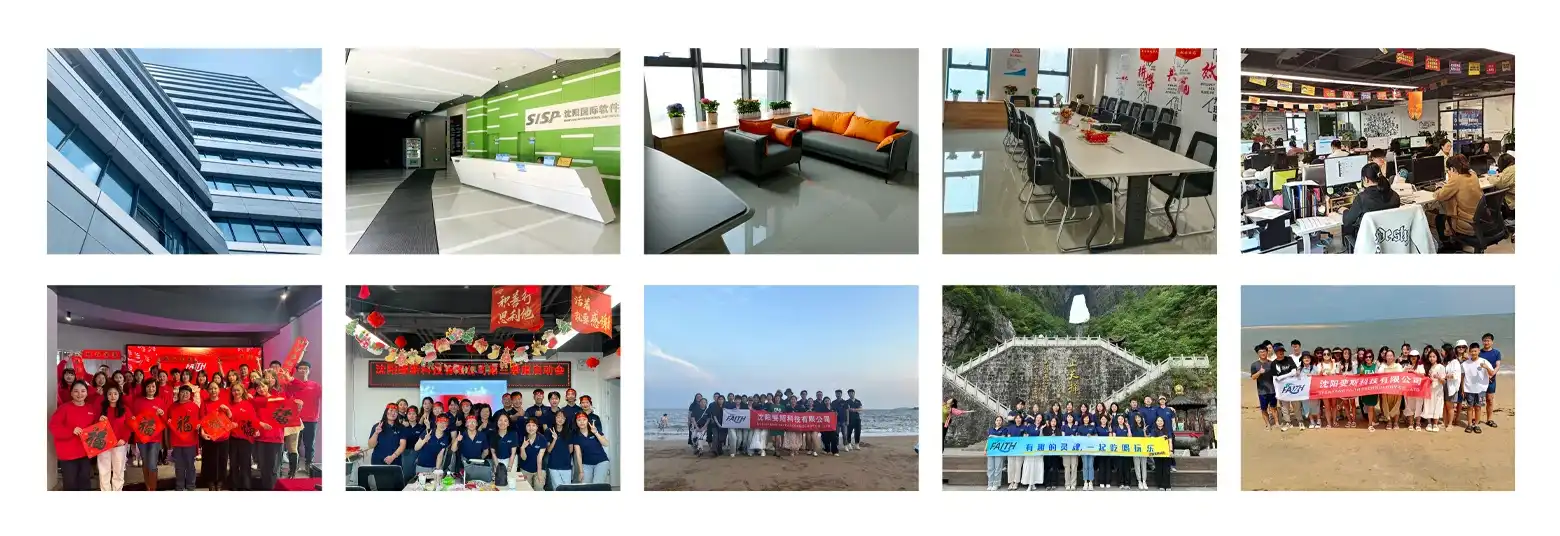
References
1. Johnson, A. (2024). "The Future of Industrial Printing: CIJ Technology in 2025 and Beyond." Journal of Advanced Manufacturing Technology, 52(3), 215-230.
2. Zhang, L., & Thompson, R. (2023). "AI-Driven Optimization in Continuous Inkjet Printing: A Comprehensive Review." Automation in Manufacturing, 18(2), 87-102.
3. Patel, S. (2024). "Sustainable Inks for Next-Generation CIJ Printers: Challenges and Opportunities." Green Chemistry & Engineering, 9(4), 312-328.
4. Robinson, E., & Lee, K. (2023). "IoT Integration in Industrial Printing: Case Studies and Best Practices." Smart Factory Quarterly, 7(1), 45-60.
5. Chen, H., & Nakamura, T. (2024). "Blockchain-Enabled Traceability in Industrial Printing: Enhancing Supply Chain Transparency." International Journal of Supply Chain Management, 13(3), 178-195.
Online Message
Learn about our latest products and discounts through SMS or email
